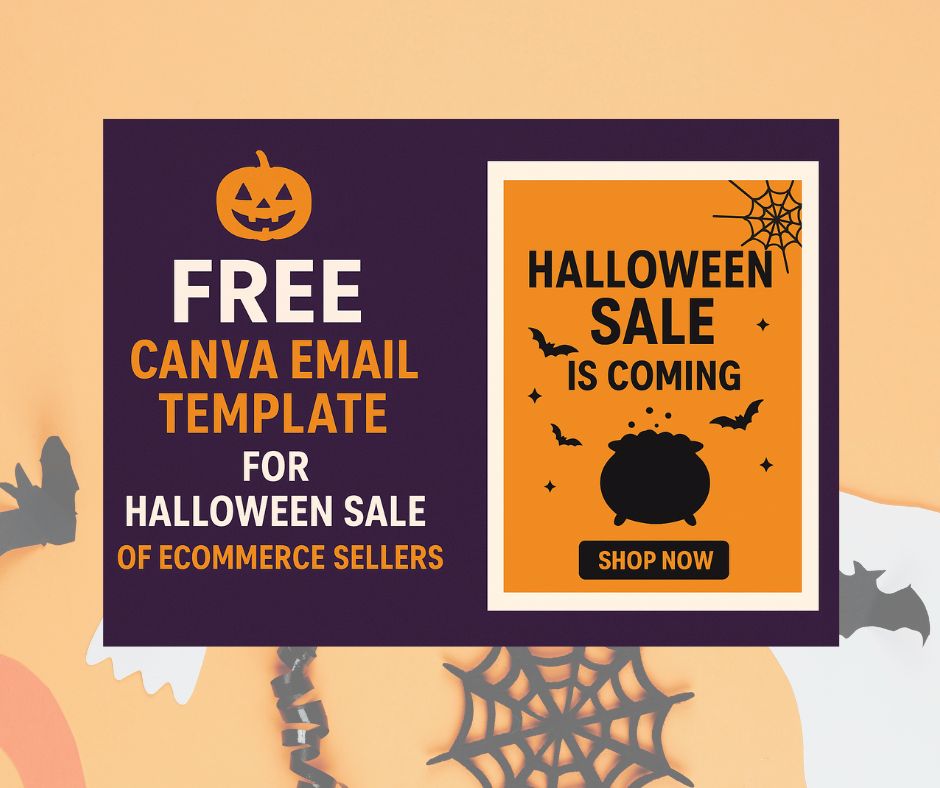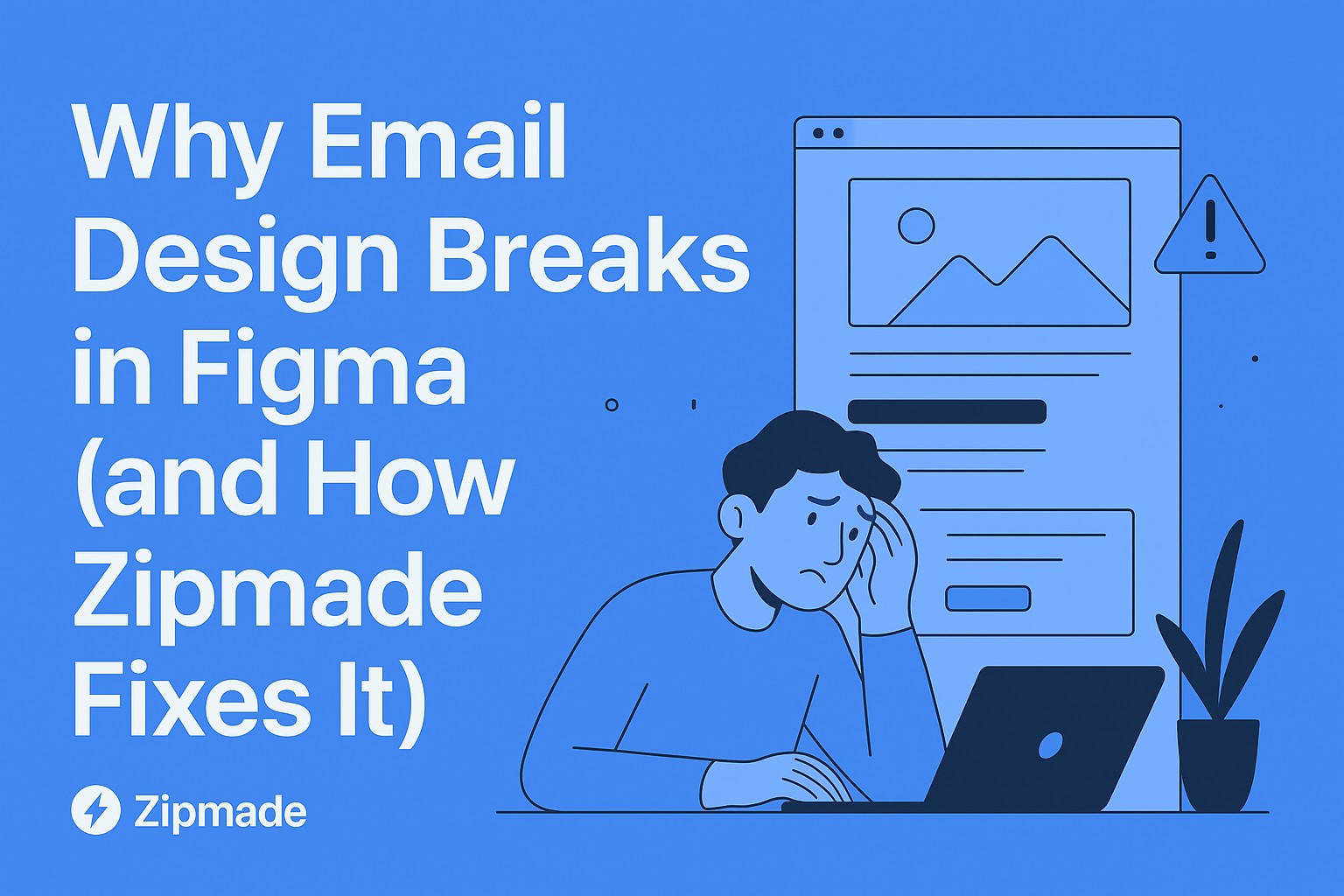Author: Rochelle De Guzman, Registered Nutritionist-Dietitian at United Doctors Medical Center
Importance of Graphics Design in Creating Diet Plans
Many people just consider the nutritional and activity components when developing effective diet programs. But it’s important to remember that a good plan’s design can be just as important to its success as the plan itself. By making diet programs appealing to the eye and simple to comprehend, graphic design plays a crucial part in their effectiveness.
Adding photos, charts, and infographics can make a diet plan more appealing and easier to follow. Professional graphic design can also aid in building confidence and trust in the diet plan, both of which are necessary to motivate clients to follow the plan and experience results. In this post, we’ll look at how graphic design can improve the effectiveness and appeal of diet plans to potential customers.
Graphic design is a powerful tool for creating impactful diet plans for patients. One instance that stands out to me was when a patient I worked with expressed appreciation for the presentation of her diet plan.
The infographics and design were not only precise but also pleasing to look at. This patient was able to remember the details of her plan, thanks to the use of graphic design. It’s a powerful tool that helps in the comprehension and retention of information. It also establishes credibility and trust in the diet plan which is essential for encouraging patients to stick to the plan and see results.
Why do people who get knowledge through effective visual design tend to remember it longer?
The use of graphic design in educational materials can greatly improve comprehension and retention of information. Studies have shown that visual aids such as illustrations and diagrams can be a powerful tool in facilitating understanding and long-term retention of knowledge.
With that, it is important to understand the impact of visual design in conveying information and its role in enhancing memory recall.
According to a 2012 study published in the Journal of Biomedical Informatics, the use of graphics in patient education materials can greatly increase information retention and patient comprehension.
The study indicated that patients who were presented with educational materials that incorporated visual aids, such as pictures and diagrams, were able to retain and recall the knowledge better than those who were simply supplied with text-based materials.
Another study published in the Journal of Educational Psychology in 2015 discovered that the usage of graphic organizers, a type of visual assistance, can dramatically increase students’ comprehension and retention of knowledge.
According to the study, pupils were shown to be better able to retain and comprehend material when it was presented in a graphic organizer manner than when it was offered to them in a more conventional, text-based format.
The Journal of Health Communication published a study in 2016 titled “The Impact of Graphic Design on the Comprehension and Retention of Health Information Among Low-Literate Adults” that concluded that the use of graphic design in health education materials could significantly increase comprehension and retention of information among low-literate adults.
According to the study, visual aids like pictures and diagrams can help to simplify difficult information and make it more understandable for persons with little literacy. The study also discovered that using visual design to arrange information logically and simply aided in improving comprehension and recall of the knowledge.
Commonly used Graphic Design for Educational Purposes:
Graphic design is used to make complicated information easier to understand and remember. Examples include diagrams, illustrations, infographics, and charts. This list explores common graphic designs in education and how they can enhance the learning process.
Infographics: For instructional purposes, infographics are a common graphic design tool. They provide information in an understandable manner by combining text, graphics, and data visualizations. Infographics are especially helpful for clearly displaying complicated information, such as statistics and facts.
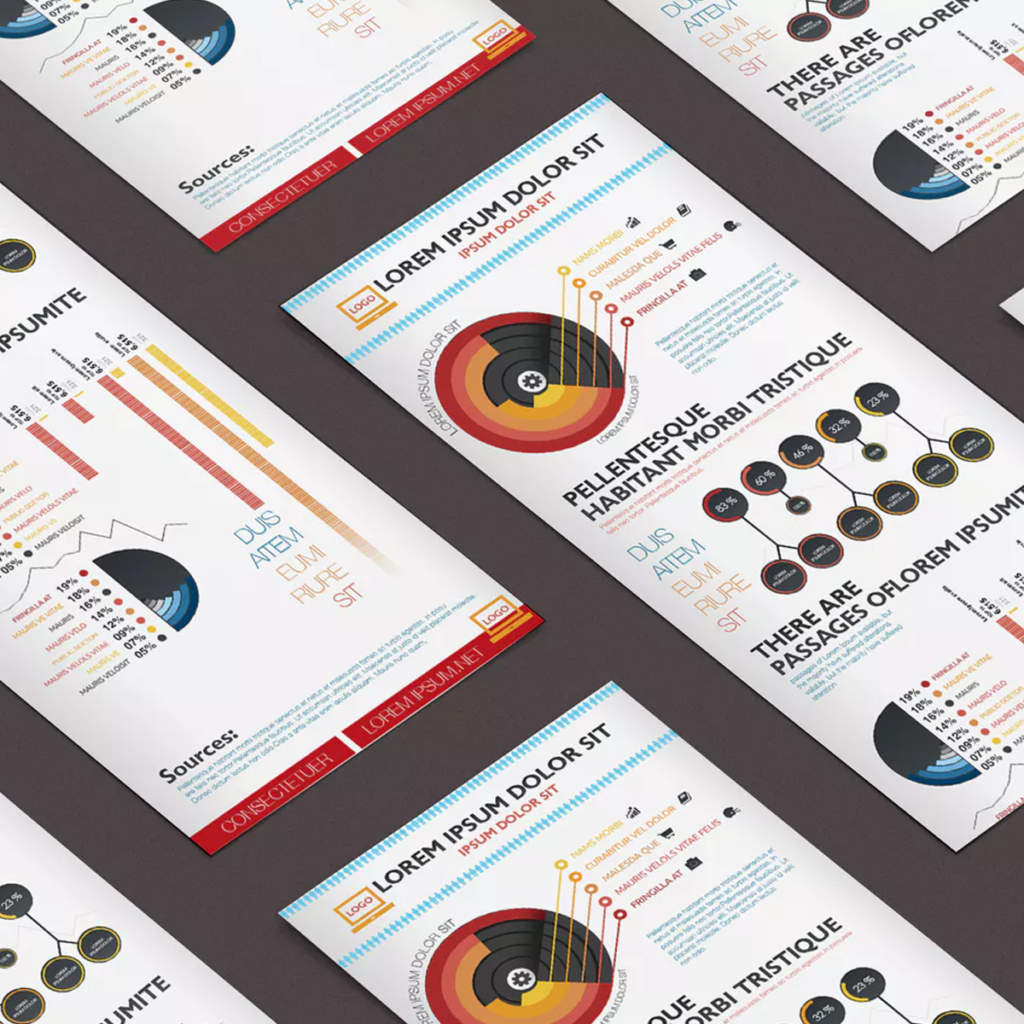
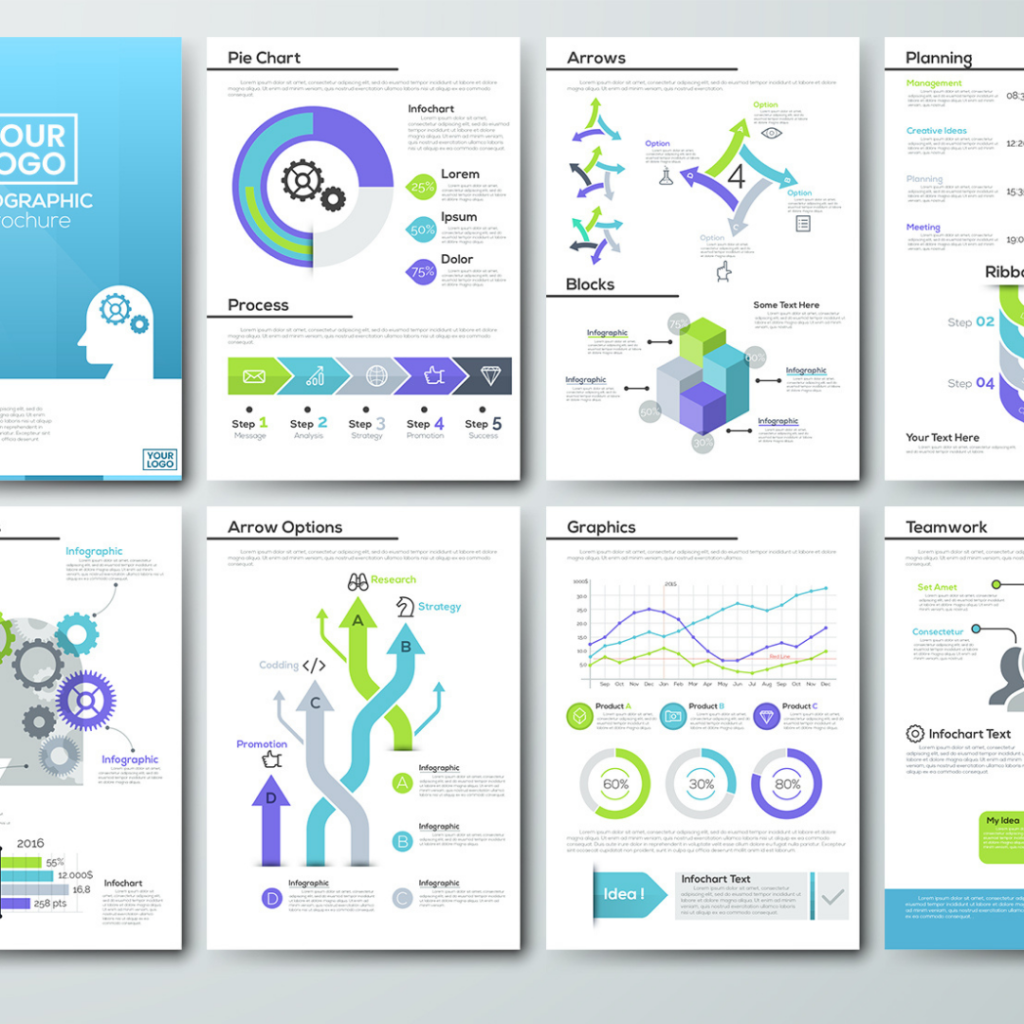
Charts and Graphs: They serve as a simple and understandable means of presenting facts and statistics. Data comparison, trends, and interactions between various data sets can all be illustrated with charts and graphs.
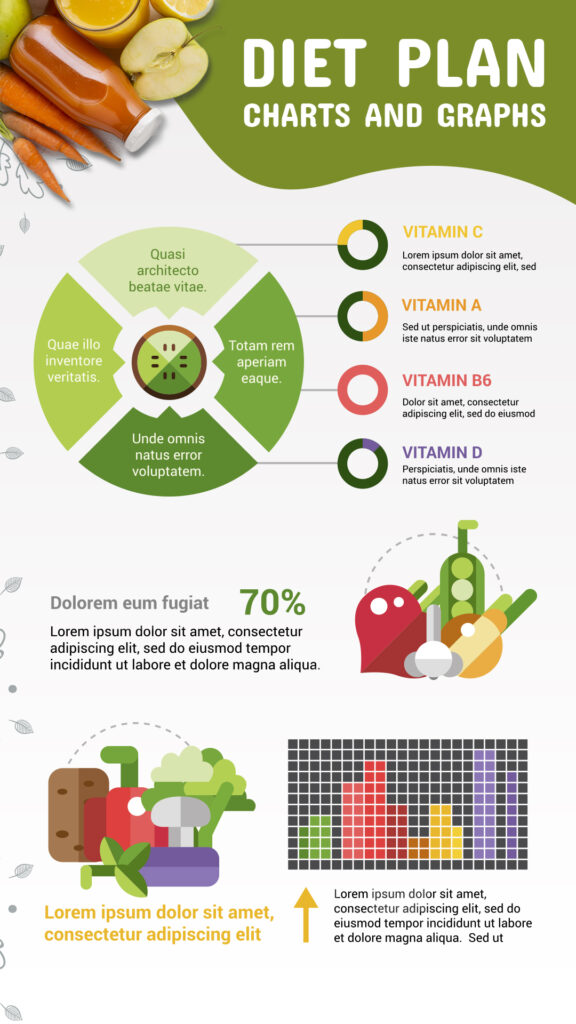
Illustrations: Educational materials frequently employ illustrations to clarify difficult topics and ideas. They can be used to describe concrete situations or abstract ideas in a clear and understandable way.

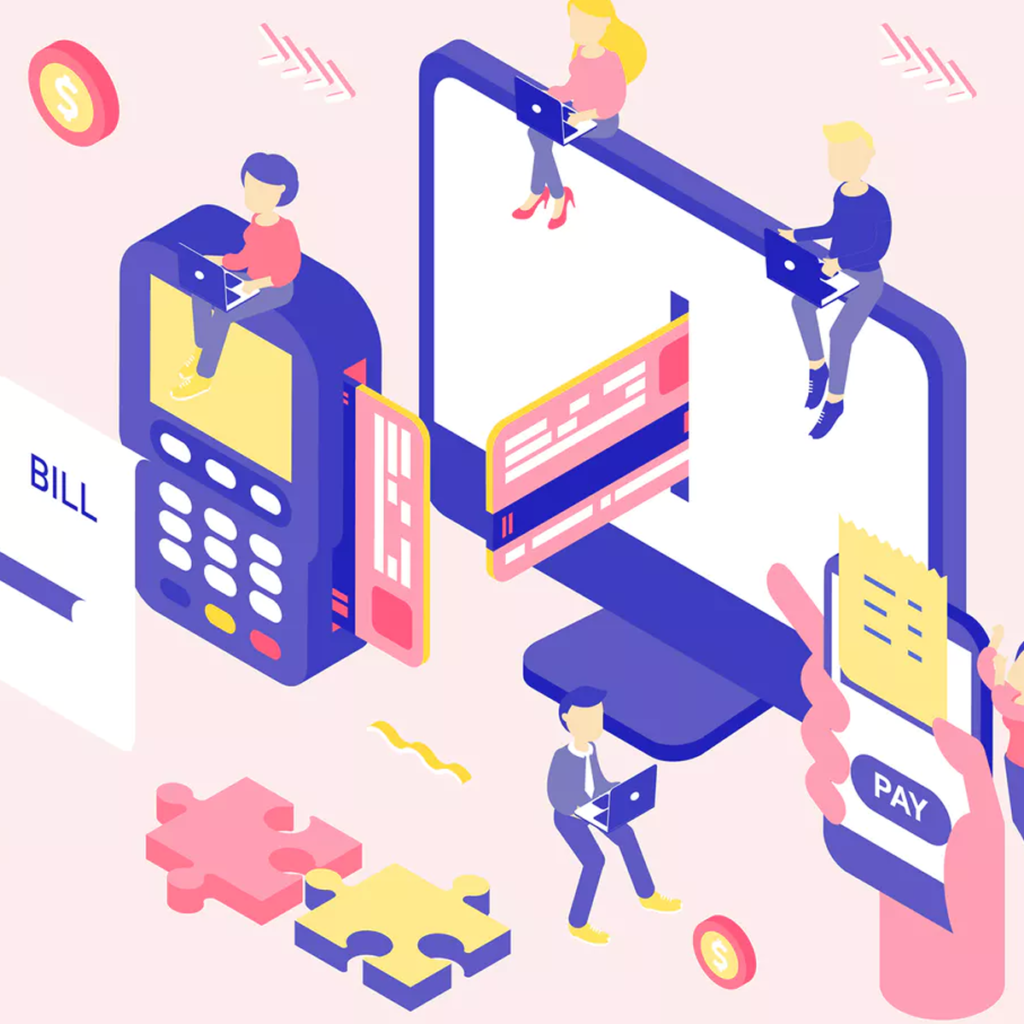

Maps: Especially in the study of geography and history, maps are an effective graphic design tool. They can be used to display places, political boundaries, and other geographic data in a comprehensible and understandable manner.
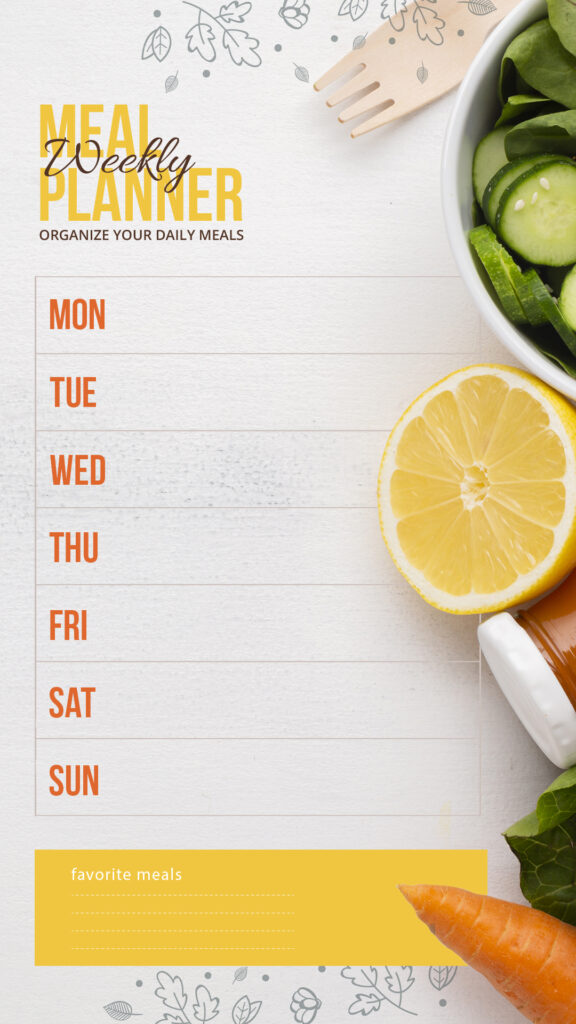
Flowcharts: Used to show information in a logical and simple way. They serve as a visual representation of a process’s steps, the progression of events, or the connections between various ideas and concepts.
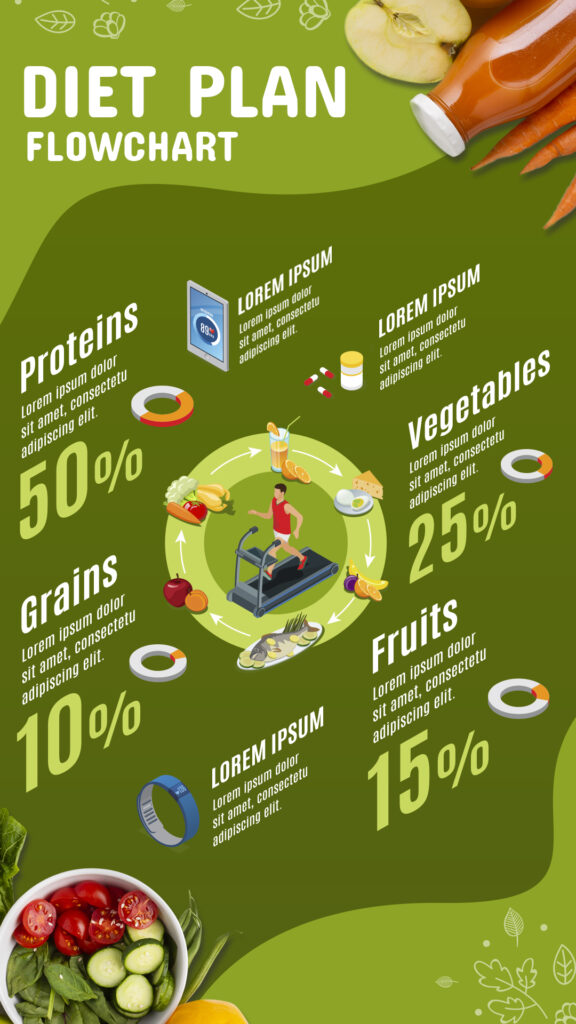
Common Nutritional Tools Presented by a Dietitian in the Philippines:
Nutrition plays a vital role in maintaining a healthy lifestyle and preventing chronic diseases. Dietitians use various tools to help their patients achieve their nutritional goals. This list will explore some of the most common nutritional tools that are presented by dietitians in the Philippines, and how they are used to promote healthy eating habits.
-
Meal planning: Dietitians can collaborate with patients to develop individualized menus that cater to their unique nutritional requirements and objectives. Graphic design helps create a visually-pleasing food table that can easily absorb and appreciate by the patients.
- Nutritional counseling: Dietitians can offer one-on-one counseling sessions to teach patients about healthy eating, give advice on how to choose healthful foods, and aid in their comprehension of how to read and interpret nutrition labels. Through creating graphic design, making flashcards, charts and other nutrition models will be easier.
- Food diary: Dietitians may advise patients to record their food intake in a food diary. This can help them pinpoint areas where their diets may need to change. Graphic design can make a food diary more engaging and personal at the same time.
Dietitians may utilize food models, such as plastic food or photos, to assist patients to comprehend the appropriate serving sizes and quantities of various foods.
-
Body composition analysis: Dietitians can assess a patient’s body composition using devices like skinfold calipers or bioelectrical impedance analysis (BIA), which can show the patient where they need to make improvements.
Closing
To summarize, graphic design is an important component in developing effective and impactful diet plans. Dietitians can make complex nutritional information more engaging and understandable for patients by using visual aids such as images, charts, and infographics. Furthermore, professional graphic design can help establish credibility and trust in the diet plan, which is critical for encouraging patients to stick to the plan and see results.
A good graphic design can also improve the overall communication of the plan, making it more memorable and easy to follow. The use of graphic design in diet plans is not only a way to make information more engaging but also to ensure that patients understand and follow the plan, resulting in better outcome.
Overall, incorporating graphic design into diet plans can be a powerful tool for dietitians in their practice. Dietitians should consider using graphic design as an important tool in their practice to improve patient outcomes and achieve success.
If you’re a dietitian or a professional medical practitioner who needs help with effective graphic designs, Zipmade can help! Send us a message and we will get back to you ASAP.

